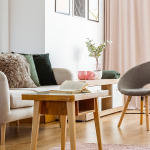Why do most people get only 2-3 years of fresh wall paint before it starts to crack and peel, but some enjoy long-lasting freshness? When it comes to house paint colours, the deciding factors are far more complex.
Do you want flawless interior and exterior wall paint – that lasts for years? Then let’s go over the main factors.
Factors Affecting the Longevity of Exterior and Interior Wall
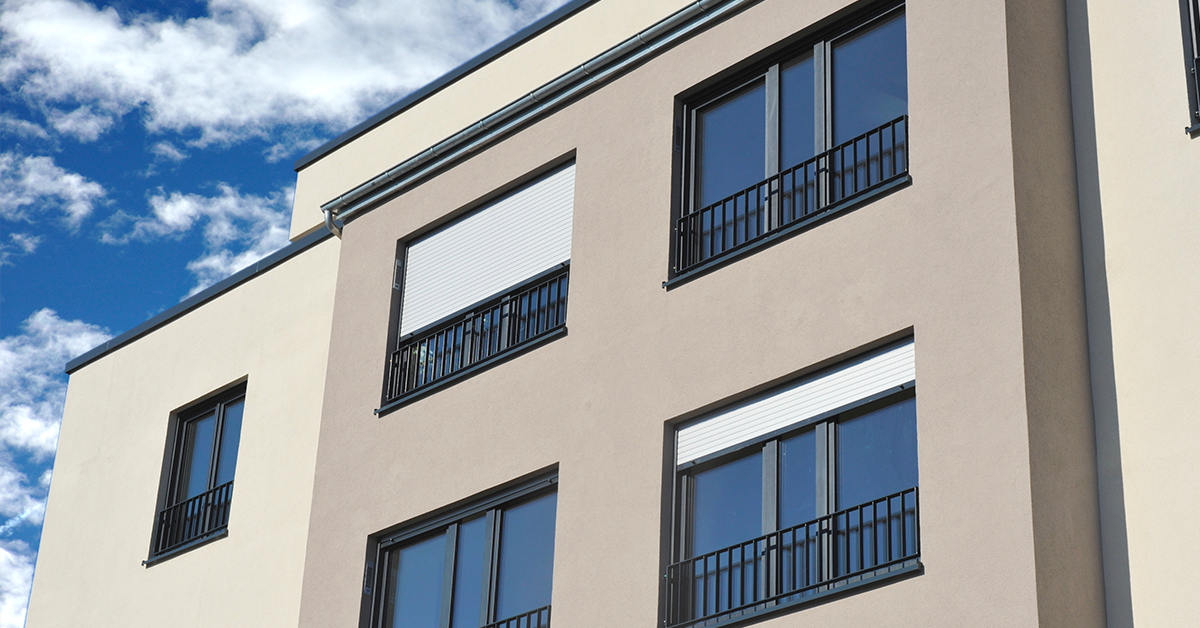
Paint Quality
Good wall paint takes on more responsibility than we know. High-quality house paint colours come with additional features like mould and mildew resistance, ensuring a cleaner and longer-lasting appearance.
- Ask any good wall painter and they’ll tell you about their biggest enemy: Fungi and algae. They’re mainly caused by poor ventilation, water leakage, and bad maintenance. However, it’s not always the homeowner’s fault – the interior and exterior wall paint is at fault too.
Paints like WeatherCoat Long Life 10 have an innovative formula to help curb this unpleasant growth. This feature also makes it the best waterproofing paint for exterior walls. - Another problem that your interior wall paint grapples with is dust build-up. Over time, your shiny new house paint colours lose their fresh look because of all the air pollution and dust.
But this doesn’t happen with every paint.
Good exterior wall paint, like the WeatherCoat Anti Dustt, comes with self-cleaning nanotechnology that creates a dirt-resistant surface, making it easier for rainwater to wash away contaminants. This not only keeps the walls looking fresher for a long time, but also reduces to need for manual cleaning.
Primer Usage
For the best interior painting, you can’t stop at paint only. A primer’s job isn’t just to increase adhesion. Here’s what else you should look for in a good exterior and interior primer:
- Primers also offer stain-blocking properties. They help stop underlying stains or discolourations from bleeding through the exterior and interior wall paint. This not only gives the house paint colours a cleaner finish but also reduces maintenance by making it easier to clean surface stains.
- Go for tinted primers that match the house paint colours. This makes for better coverage, reduces the number of paint coats needed, and gives a more uniform finish.
Traffic and Usage
Choose washable wall paint for busy areas. This interior and exterior wall paint should be able to handle frequent cleaning without losing colour.
- High-traffic areas are prone to scuff marks and stains. In these places, use the kind of wall paint that can handle lots of cleaning without losing colour. It will keep your walls looking fresh even in the busiest areas.
- Pick acrylic paint with low or zero VOC for kids’ spaces. Basically, use paints with fewer harmful chemicals to make your home safer for all family members.
Environmental Conditions
Explore eco-friendly wall paint options that are not only durable but also sustainable.
- Eco-friendly exterior and interior wall paints use plant-based or low-toxicity ingredients. This reduces their carbon footprint.
- A wall paint with thermal insulation properties also falls into the category of green paint. Here’s why: It helps regulate indoor temperature, successfully reducing energy consumption.
Thermal insulation paints create a barrier that helps regulate indoor temperatures, potentially reducing the reliance on heating or cooling systems.
You feel comfortable at no extra cost to either your pocket or the environment.
Colour Choice
- Select colours with fade-resistant pigments. This gives freshness to the wall paint and helps it last longer, even when exposed to sunlight.
This is especially useful for exterior wall paint, where prolonged sun exposure can lead to noticeable discolouration over time.
- Colour-reflective technologies are another option worth exploring. They prevent dark colours from absorbing excessive heat. This not only preserves the aesthetics of the exterior colour for home but also helps with energy efficiency by minimising heat retention.
Exterior Colour for Home: Top Secrets Behind Flawless Exterior Wall Paint
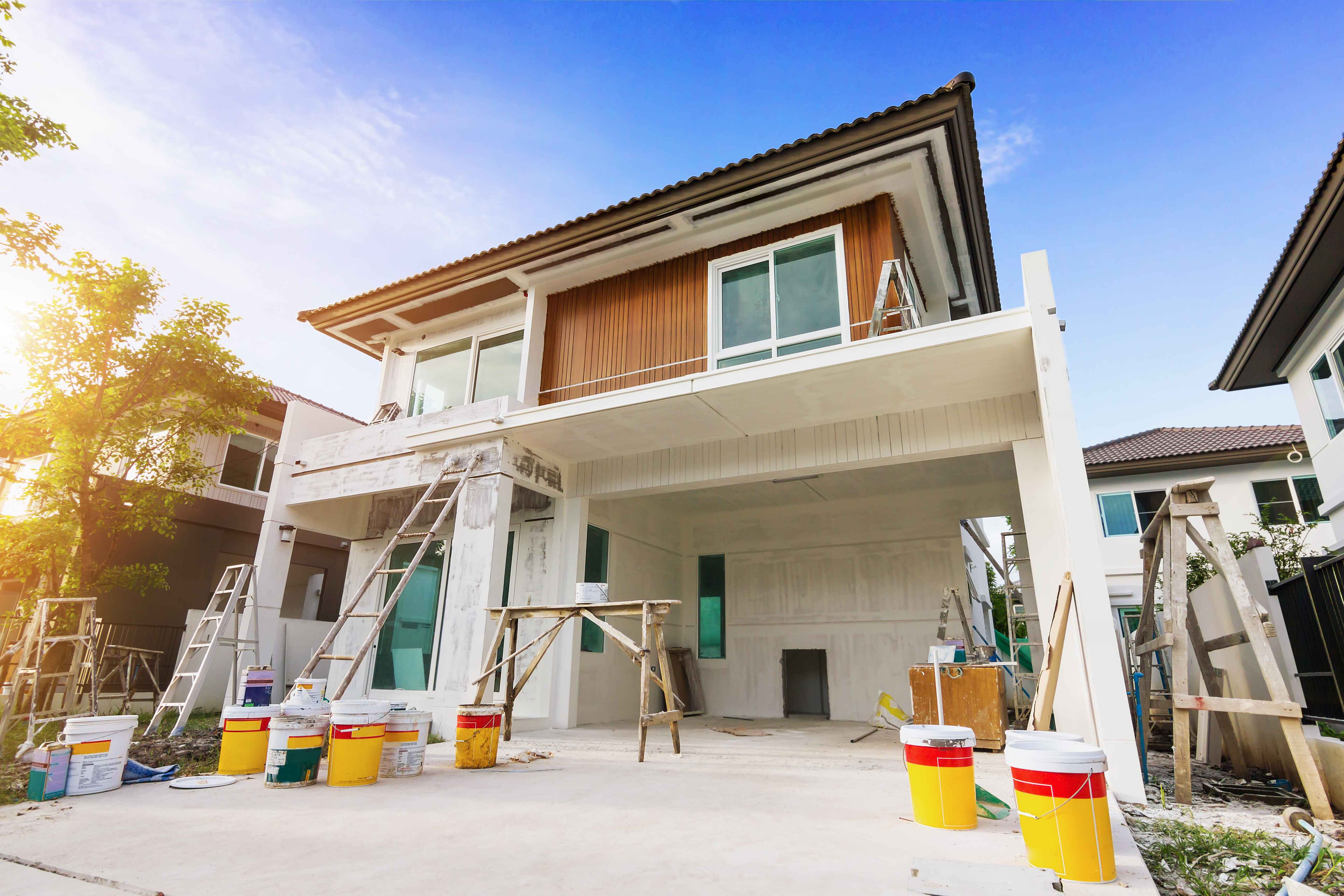
- Proper Surface Preparation:
Start your exterior wall paint application with surface prep.- Some cleaners have advanced features to better remove contaminants, creating a solid foundation of a dust-free surface for flawless and long-lasting exterior colour for home.
- Use filler compounds with elasticity in exterior wall paint. They should be able to accommodate small yet significantly impactful movements in the building structure. These movements are caused by factors like temperature changes and settling. Elastic filler compounds help prevent cracks and peeling in exterior wall paint, which is commonly observed in the case of rigid fillers. This also contributes to creating the best waterproofing paint for exterior walls.
- Optimal Application Techniques:
There are several ways to apply exterior wall paint. Not all of them yield good results.
To get the best colour for exterior wall, read the following tricks closely:- Back-roll after spraying for a smoother exterior colour for home. This technique ensures a smoother and more consistent finish, especially on textured surfaces where a sprayer alone may not provide uniform coverage.
Use paint additives like extenders to slow down the drying time of the exterior wall paint, allowing a blend of overlapping areas and avoiding visible lap marks.
Top Secrets Behind Flawless Interior Wall Paint
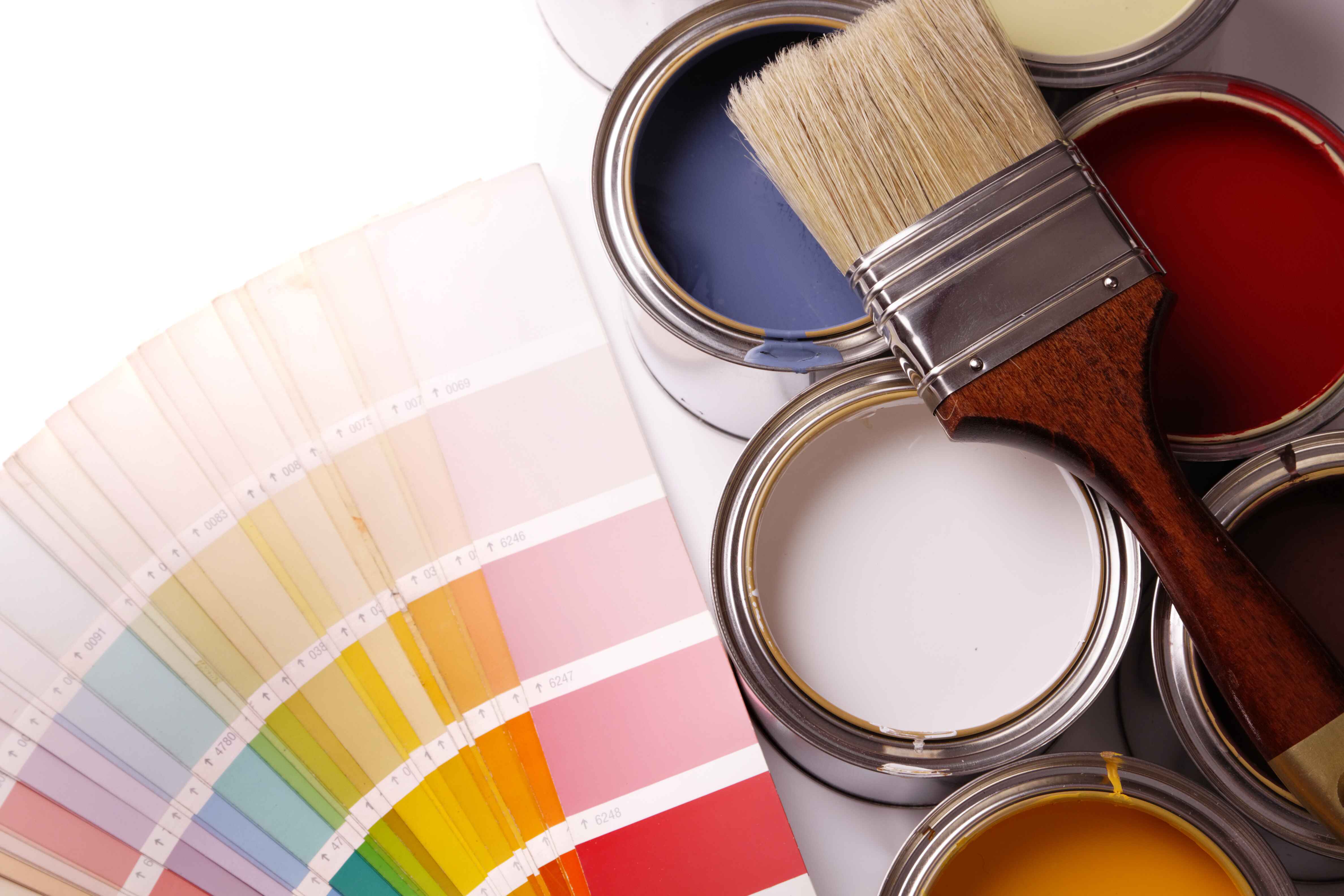
- Temperature and Humidity Levels for Interior Wall Paint:
- Ideal Painting Conditions: The best interior painting days are those with mild temperatures and humidity levels. Extreme conditions can affect paint drying times and application, compromising the wall paint.
- Proper Ventilation: You need to make sure that when applying interior wall paint, there is proper ventilation. Airflow helps the interior paint for house cure effectively.
2. Accentuate Architectural Features for the Best Interior Painting:
- Use Contrast to Highlight: Use contrasting interior wall paint colours to add personality to a space. Paint elements like trim, crown moulding, or wainscoting in a different colour than the interior paint for house to draw attention to these details.
- Create Focal Points: Identify a focal point in a room. It can be something like a wall-mounted pooja mandir or bookshelf. Then, use bold house paint colours to make it stand out.
Conclusion
If you want high-quality wall paint, you need to inspect everything from the surface cleanliness to the application technique. For the best results, take the help of a professional service. Berger Express Painting takes care of every small thing for you – from covering your valuables and cleaning the surfaces before painting to using high-end raw materials.
Frequently Asked Questions (FAQs)
How many years is interior paint for house good for?
Interior wall paint typically lasts around 5-10 years. The lifespan is influenced by factors like paint quality, usage, and environmental conditions.
How often should I inspect and maintain my exterior wall paint?
Regular inspection and maintenance of exterior wall paint with a durable option like WeatherCoat Long Life 10, can be done after 3-5 years.
Is acrylic paint suitable for both interior and exterior walls?
Yes, acrylic paint can be used for both interior and exterior wall paint.
In the case of exterior wall paint, it makes for the best colour for exterior walls due to its durability. As for interior wall paint, acrylics give a pleasant and long-lasting finish.

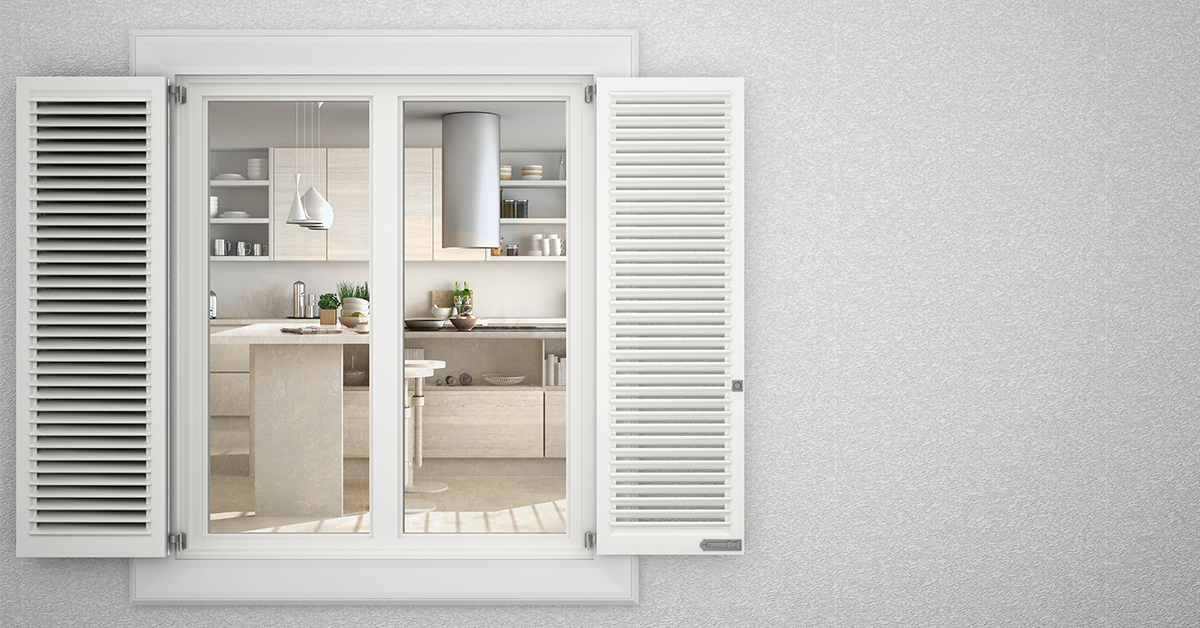
 Get in Touch
Get in Touch